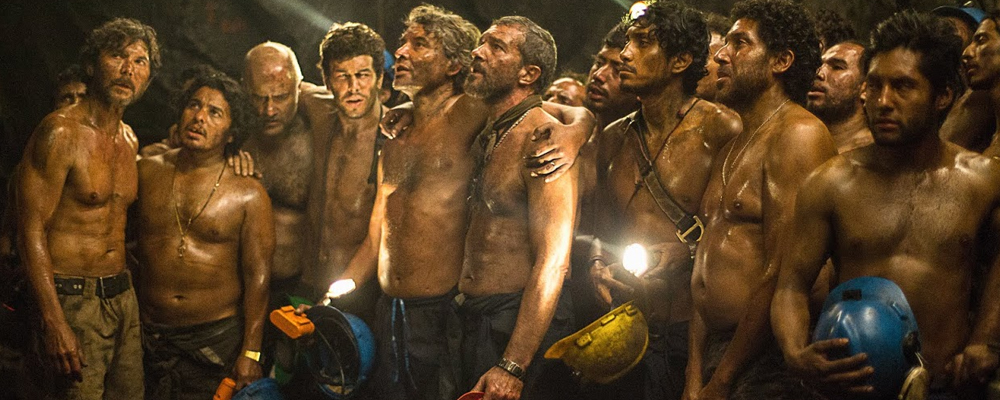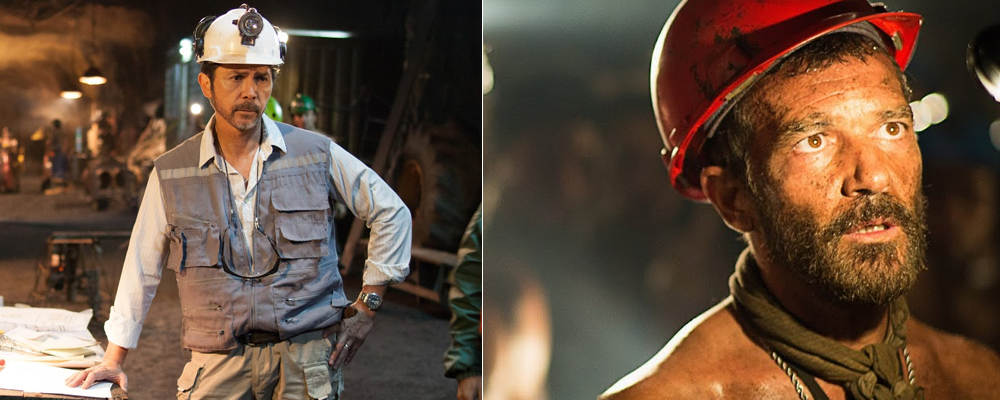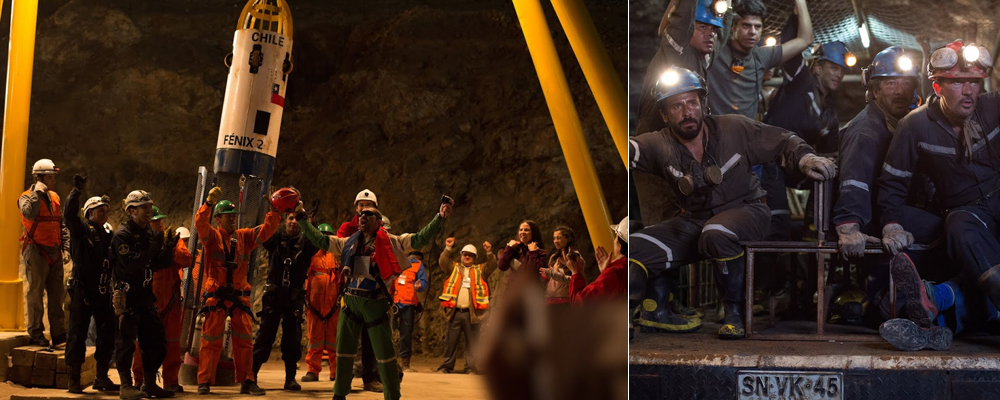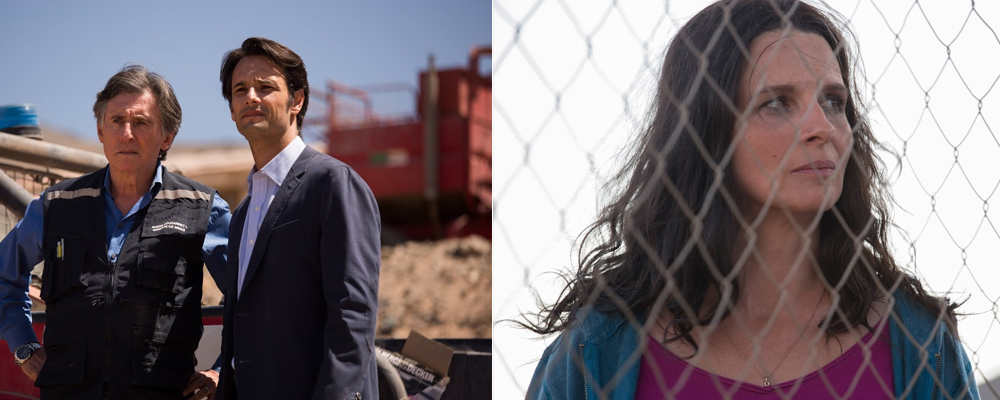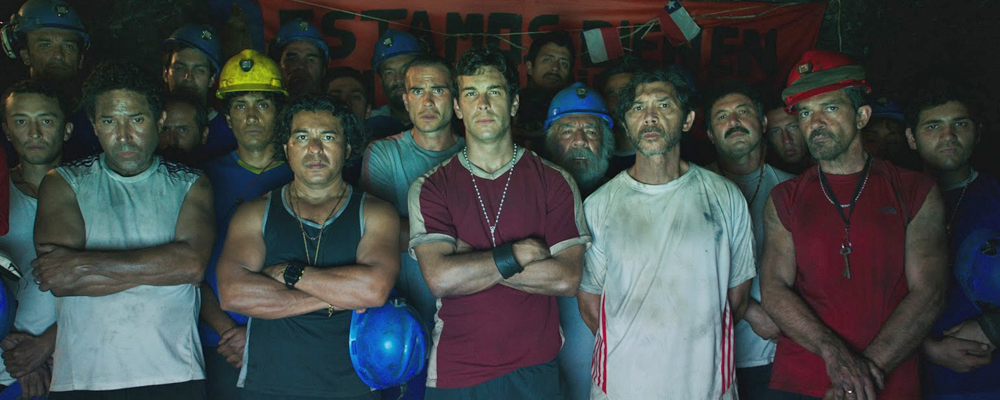True Story of Mining Disaster Dramatized in ‘The 33’
Sandra Miska
The true story of the 33 miners trapped 2,300 feet underground in San Jose, Chile for a harrowing 69 days in 2010 is dramatized in “The 33,” the latest from Mexican director Patricia Riggen. Riggen assembled a stellar cast of both established and relatively unknown actors to tell the stories of the men trapped underground, their families waiting above and those who worked tirelessly to bring them home.
Thirty-three is a lot of men, and while they’re all represented in the film, the focus is primarily on “Super” Mario Sepúlveda (Antonio Banderas), the de facto leader; Luis Urzúa (Lou Diamond Phillips), the shift foreman; father-to-be Álex Vega (Mario Casas); Darío Segovia (Juan Pablo Raba), an alcoholic who experiences withdrawal symptoms while trapped; and Yonni Barrios (Oscar Nunez), a philanderer whose wife Marta (Adriana Barraza) and mistress Susana (Elizabeth De Razzo) feud above ground, providing moments of comic relief.
The first day of the men’s ordeal begins like any other, with an hour-long commute underground. They know the risk of the job – 12,000 deaths occur every year due to mining accidents, a staggering reality in 2015 – but many of them, sons of miners themselves, know no other way of life and other employment opportunities available to them pay a fraction of the salary. Their agony begins when a cave-in causes a rock twice the weight of the Empire State Building to trap them. With only three days worth of food and water they are forced to ration it for 17 days.
Above ground the miners’ families rally, eventually setting up a living area, Camp Hope, where they hold vigil for their loved ones. Tensions between them and the mining company run high as they wait for solutions. The most vocal of the family member’s is Darío’s estranged sister María (Juliette Binoche), who angrily slaps government official Laurence Golborne (Rodrigo Santoro) shortly after he arrives in San Jose. Despite being Chile’s Mining Minister, he seems to know very little about mining but slowly learns as he works alongside engineer André Sougarret (Gabriel Byrne) to find a way to rescue the men.
Below ground the men struggle not to kill themselves and each other in their 100 degree shelter. Even after Golborne and the others drill a tunnel wide enough to deliver them food and other items, including luxury products like iPods, tensions mount, and many of the men turn their wrath to Super Mario, who is offered a lucrative book deal while still underground.
Since the story of the Chilean miners captivated the world for those two months, everyone knows they survived, but many may not know or remember the failed attempts to rescue them or the trauma they and their families went through, and these rollercoaster of emotions are packed in this two-hour film that will keep viewers at the edge of their seats.
Riggen, along with screenwriters Mikko Alanne, Craig Borten and Michael Thomas, succeed in humanizing the 33 men and their families in this film that is charged without being too melodramatic. “The 33” reminds viewers that although the men escaped their rocky tomb, their struggles continue today, as do those of miners around the world who face death every day.
A highlight of “The 33” is the haunting score from James Horner, which he completed before his death earlier this year. The film is dedicated to his memory.
“The 33” opens nationwide Nov. 13.

